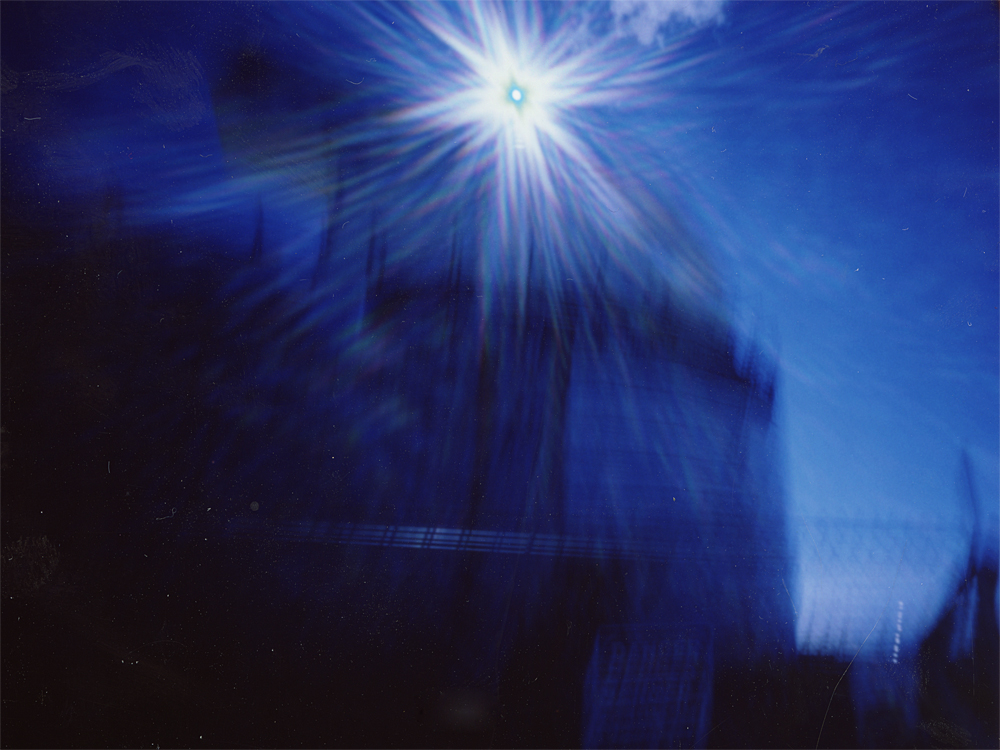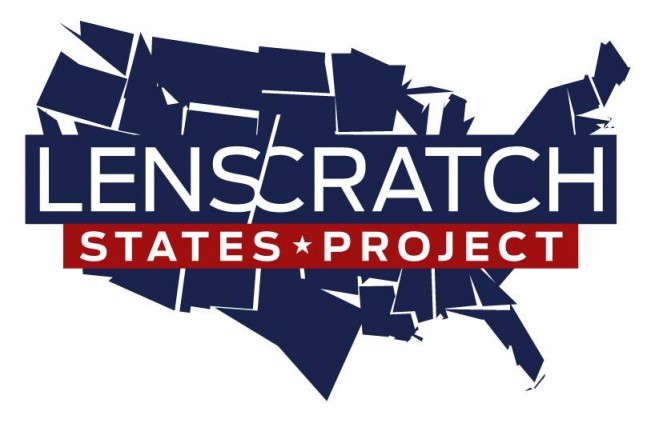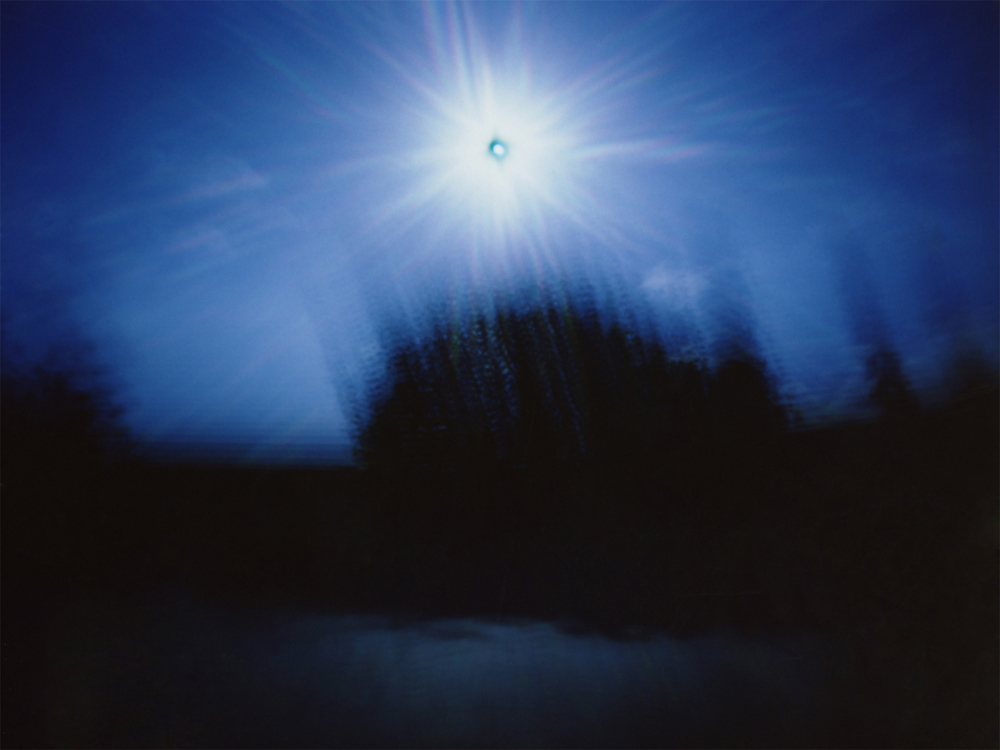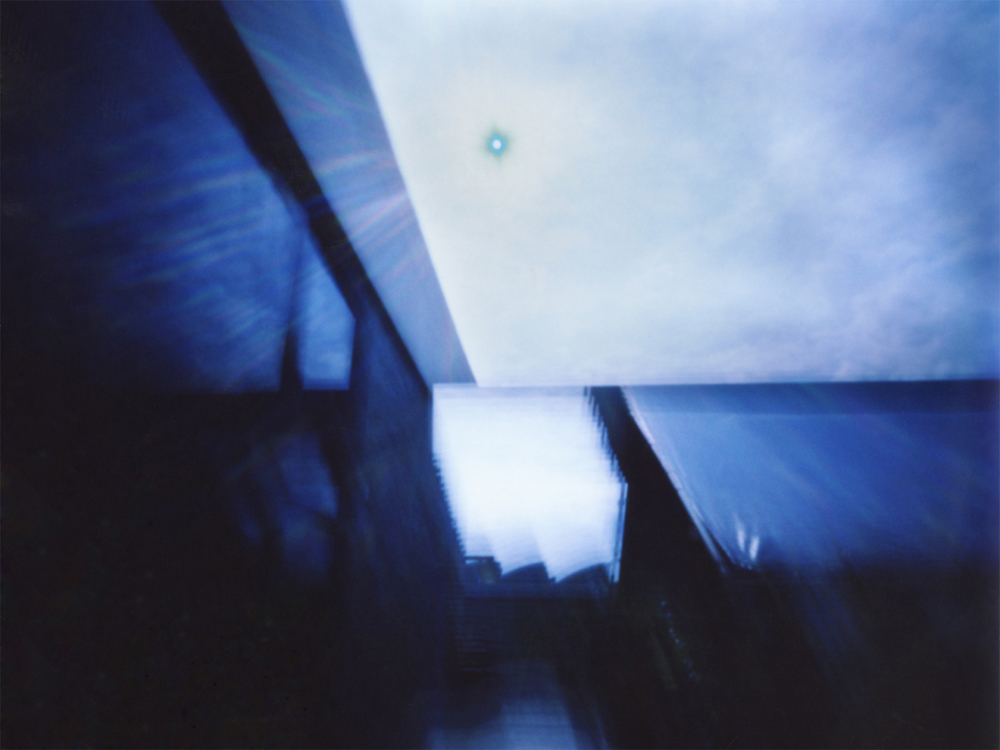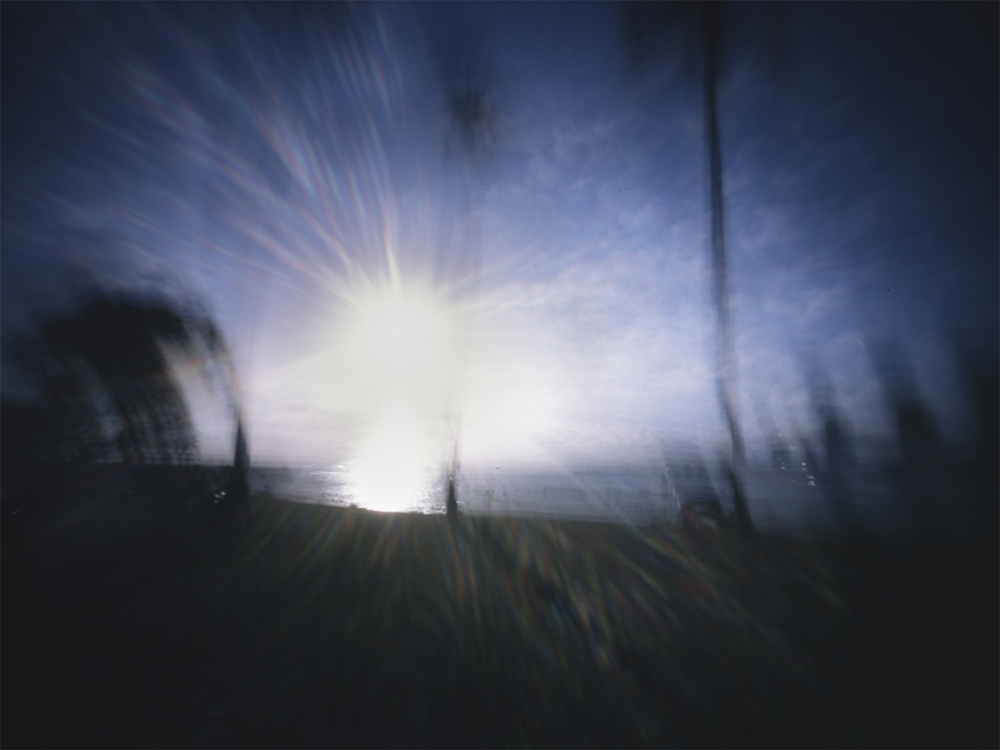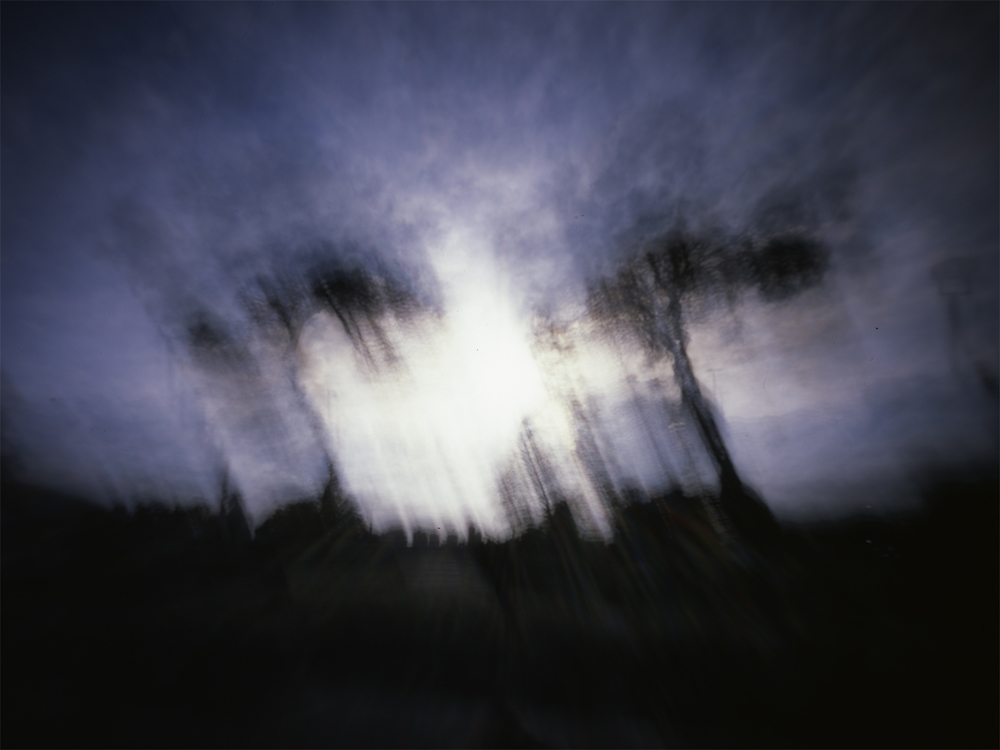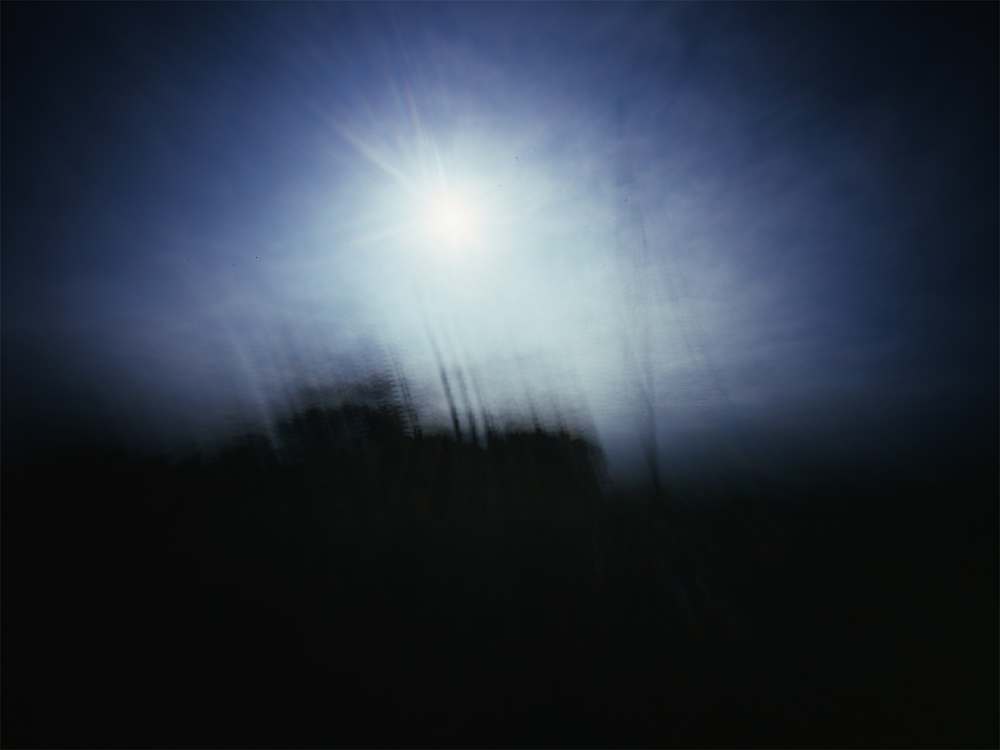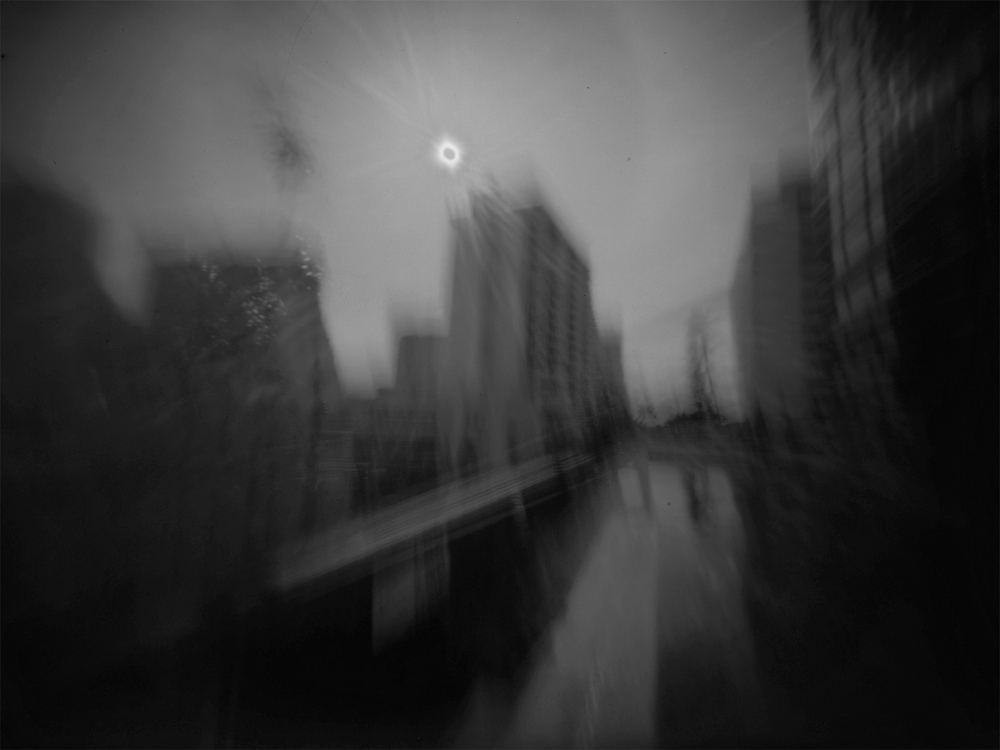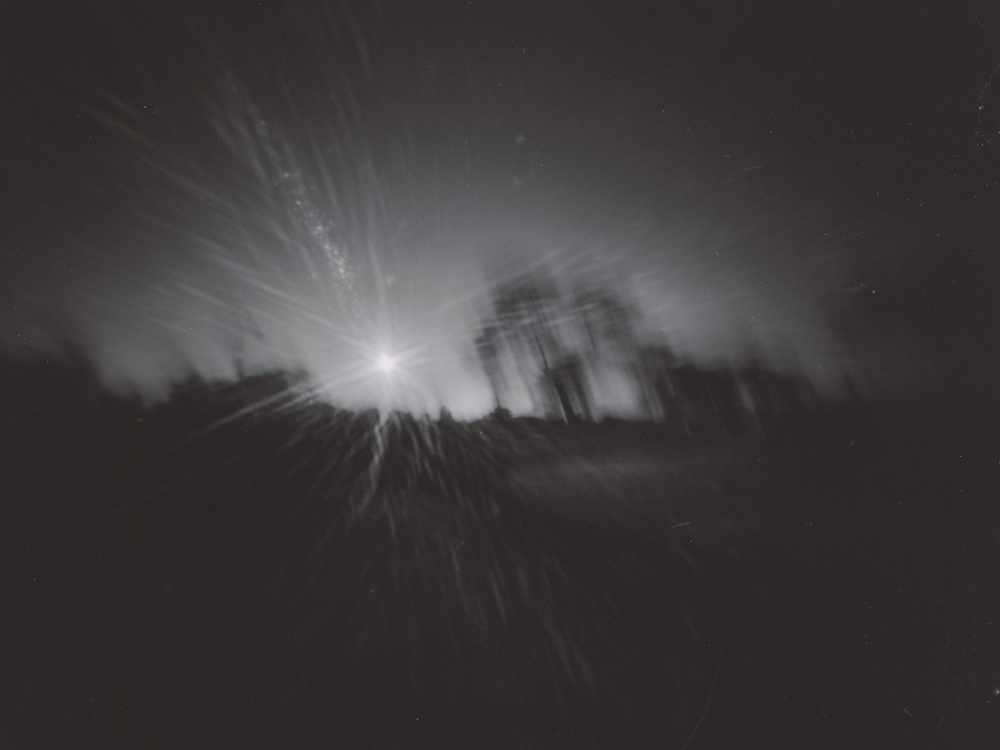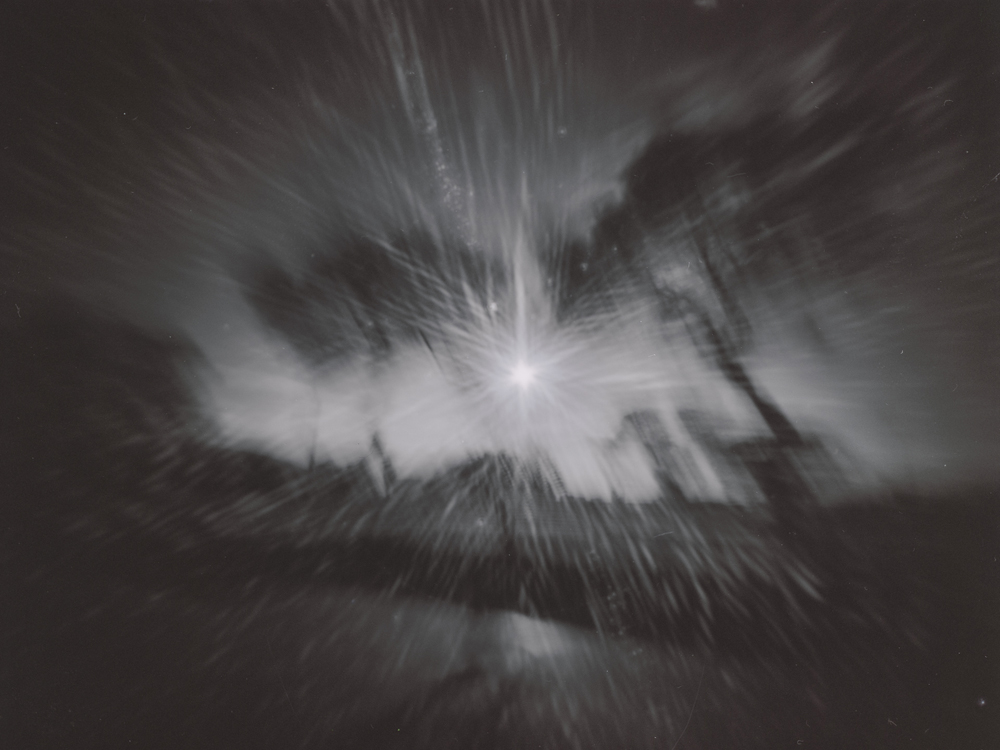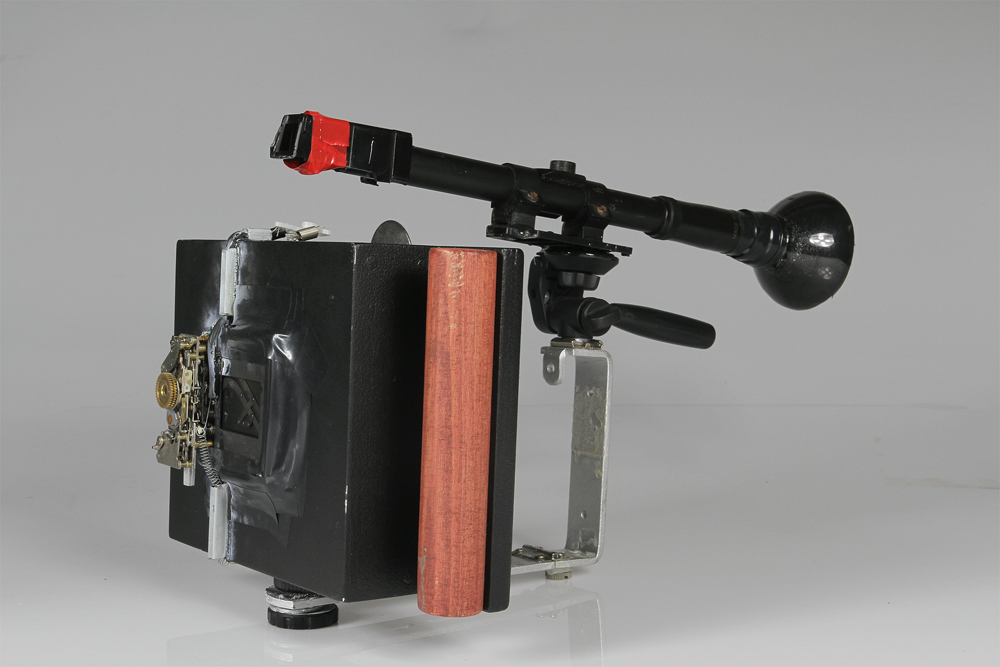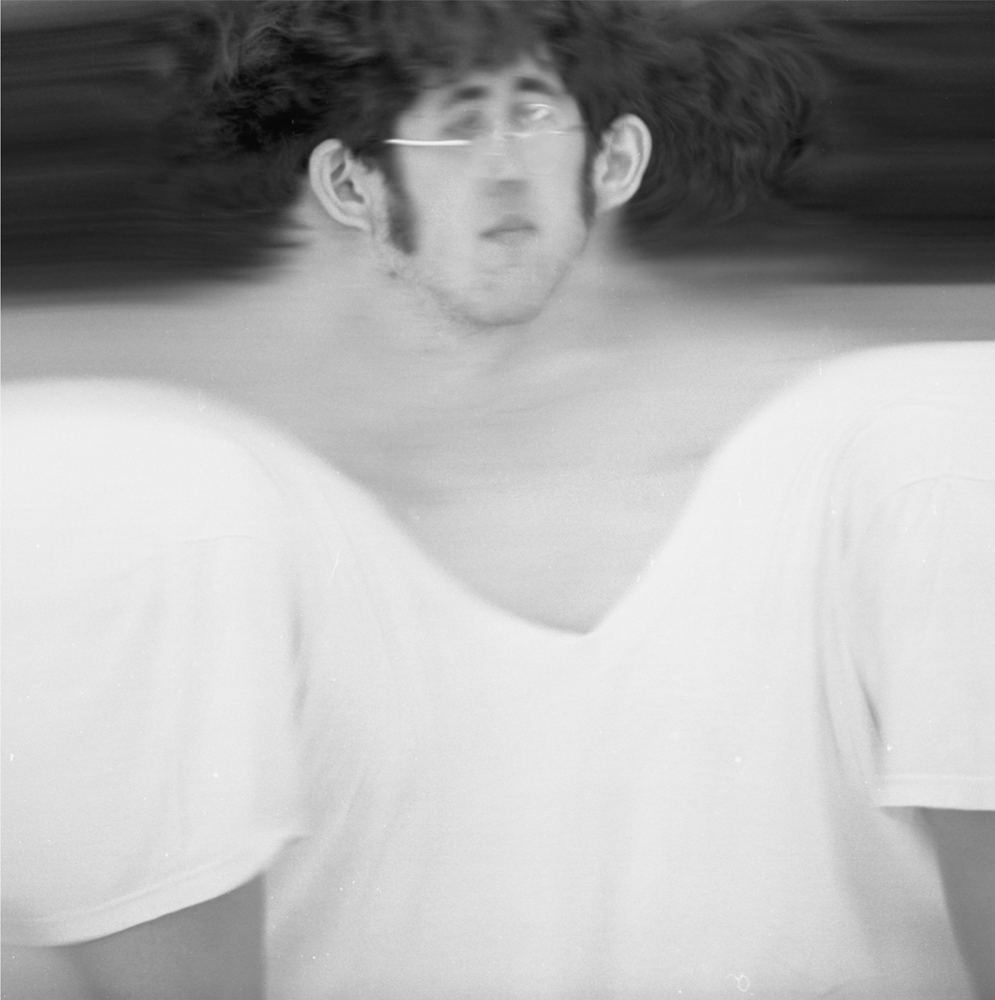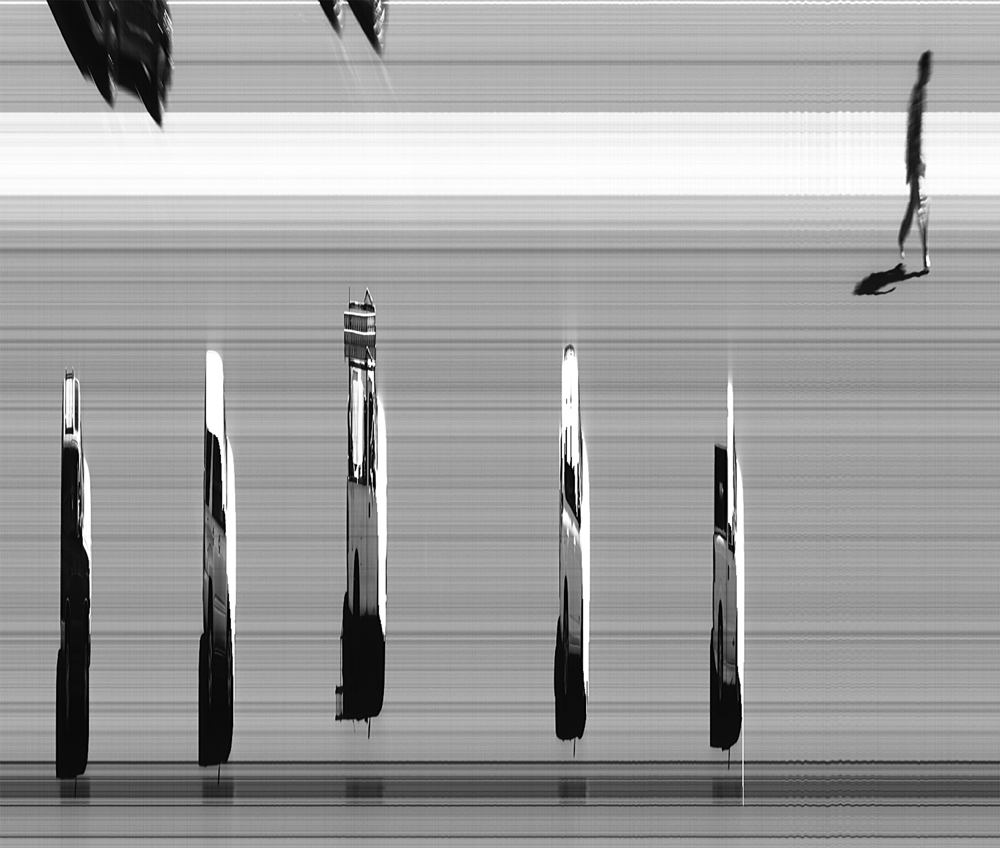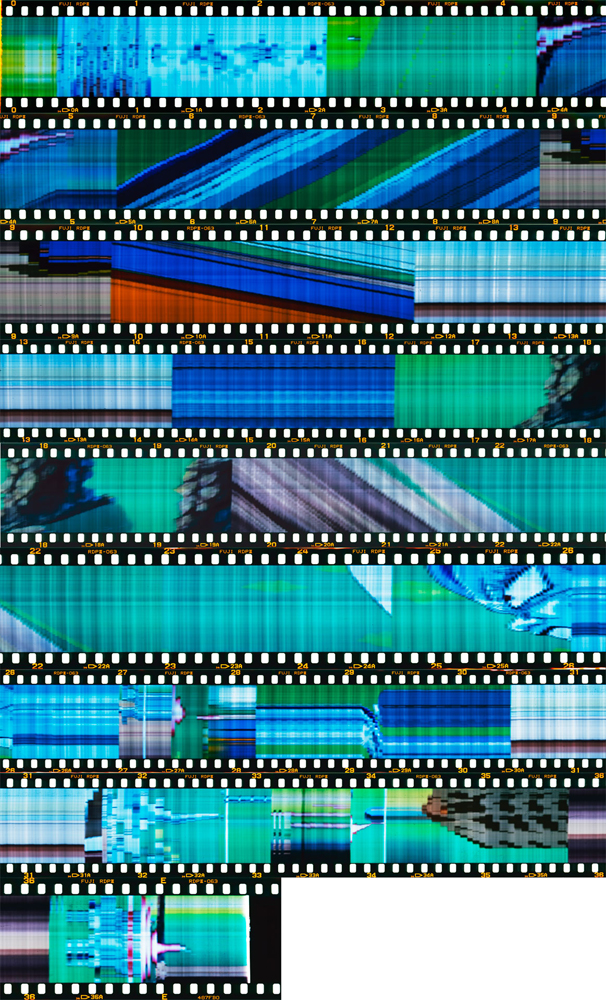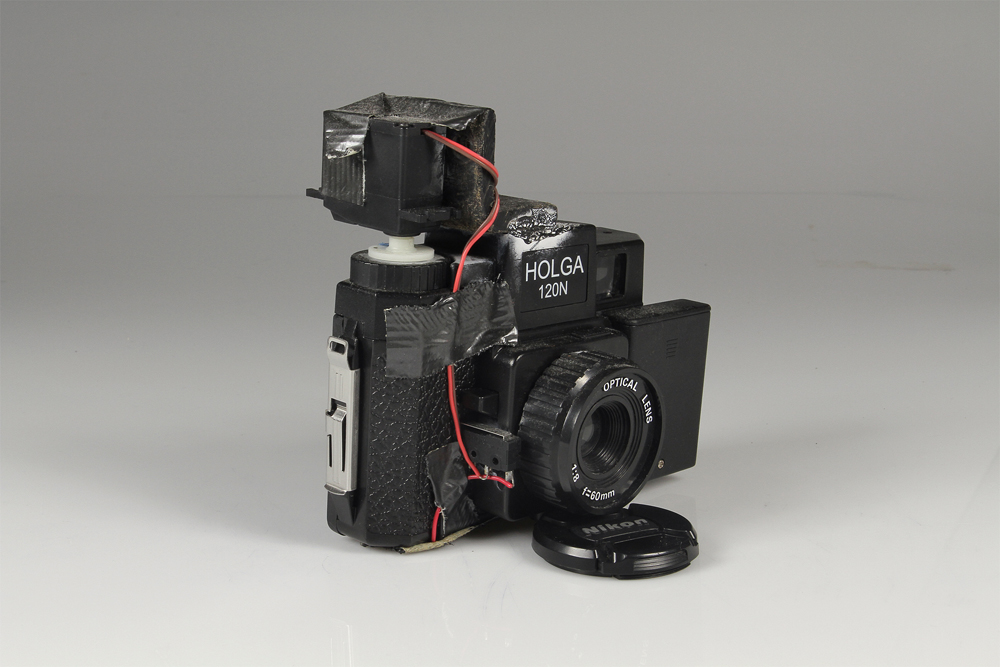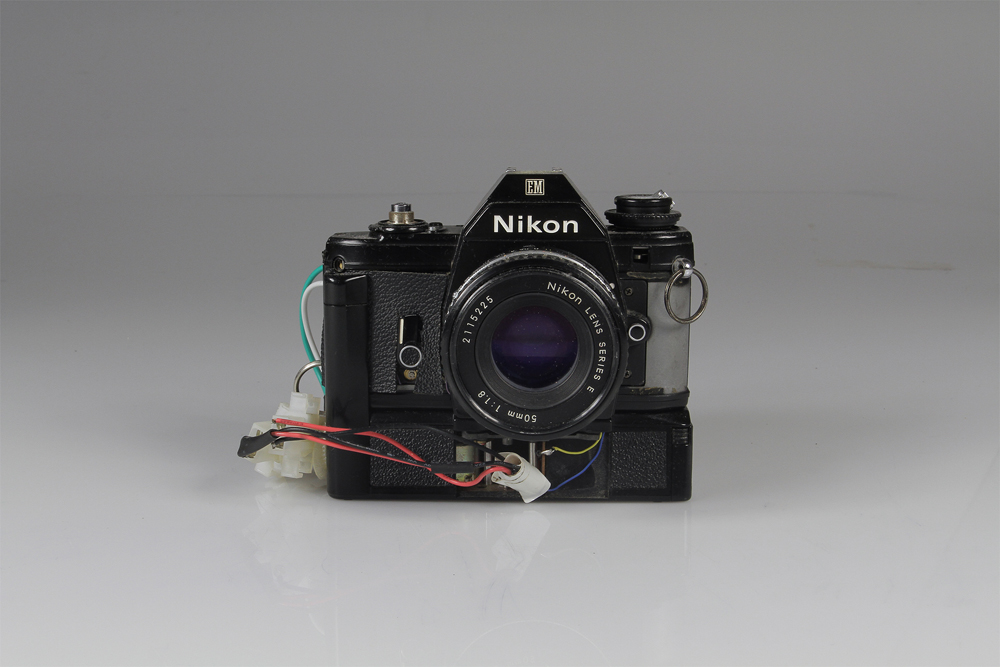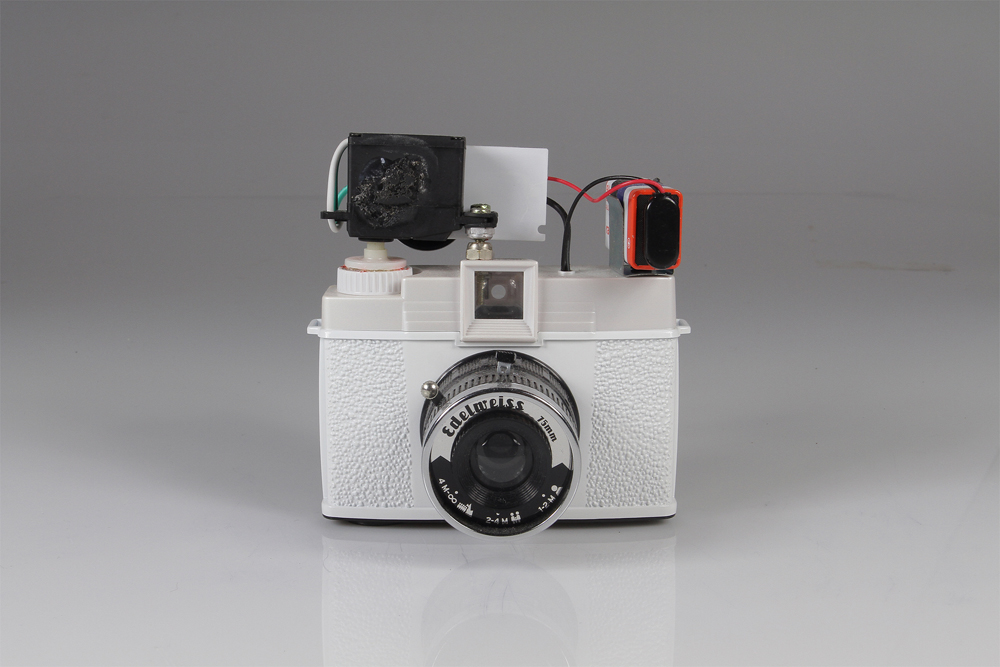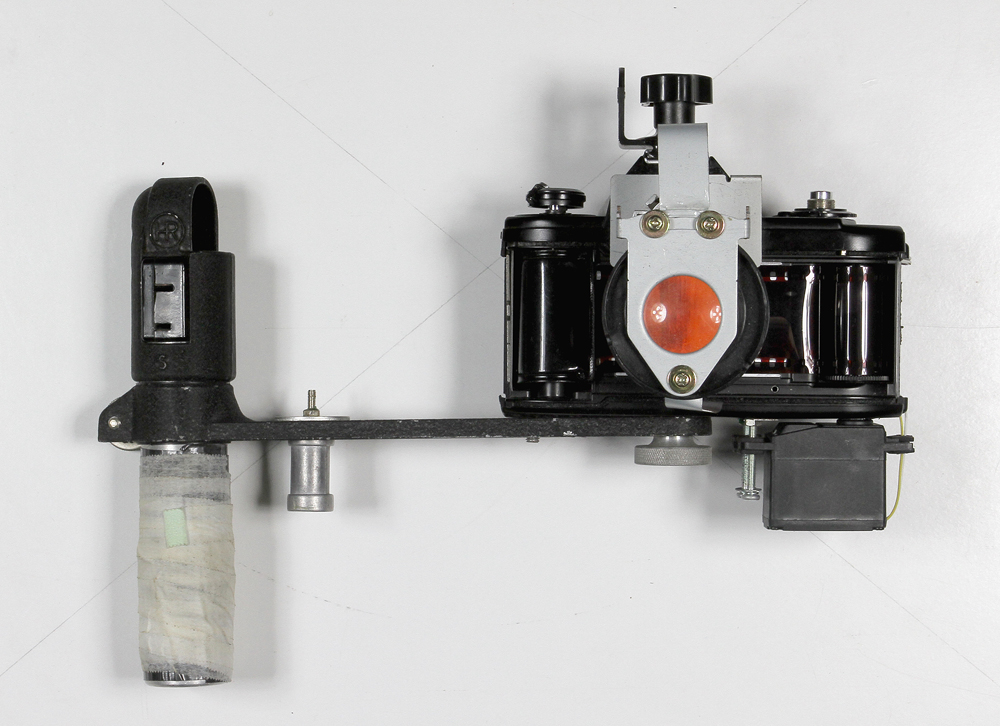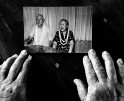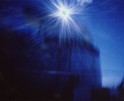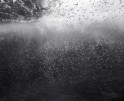Atis Puampai: The States Project: Hawaii
I first came across Atis Puampai’s work without even having yet met him, doing research online in recent months. The first line in one of his statements struck me immediately – “Limitation is the basis of my practice.” I am strongly moved by this sentiment and approach to making work, not only because I feel this a truth to the very best work created in most cases, but because this is a larger truth reflecting a most beautiful thing that defines us and forces forth our amazing strengths as human individuals and as a humanity as a whole.
Atis’s work reminds me excitedly of The Five Obstructions film, a collaboration between Jorgen Leth and Lars von Trier, one of my favorite and certainly a relevant one in its exploration of the concept of utilizing our limitations as a gift rather than the curse they appear to be. The ingenuity of Atis’s approach speaks for itself, and looking at his projects I am inspired and moved to have come across him as a photographer, artist, and thinker. While I am showing mainly from a project “Earth at 970MPH,” it’s clear this concept of limitation becoming a necessary strength is only the beginning to spur many more fascinating and thought-provoking projects.
Atis Puampai is currently a MFA candidate in photography at the University of Hawai’i at Mānoa. He was raised in Pearl City, Hawai’i and received his Bachelor of Arts at the aforementioned college. His work emphasizes alternative photographic techniques with modified homemade equipment made from scavenged secondhand materials. Rooted in scientific research, his photographs explore the perception of time and space through methods of capturing motion. Puampai is interested in questioning humanity’s significance through photographs of natural phenomena.
My work investigates the perception of time and space. I research science and the history of photography. I photograph natural phenomena; my methods of capture relate to the early history of photography. Making my work utilizing antiquated methods in a contemporary setting nod to the development of photography and science utilizing the camera to investigate the questions we still ask today. The likes of Eadweard Muybridge, Etienne-Jules Marey, and Harold Edgerton developed ingenuity and problem-solving skills to photograph unseen high-speed events with the limited technology of their eras. In an effort to connect my limited resources to their limited technology, I create my photographic tools from parts scavenged from used cameras, machines, and material.
Contrary to Henri Cartier-Bresson’s concept of the Decisive Moment, I am interested capturing moments beyond the human perception of time through exposures lasting longer than an “instant.” These long exposures are dictated through our understanding of natural phenomena proven or theorized from scientific research. With homage to the history of photography, I employ previously proven scientific facts and theories as photographic concepts to explore the perception of time beyond our experience.
What do you recall to be one of the first moment, whether within or without your practice, that you turned a limitation into a strength [ one of our greatest abilities gifted to us as humans! ] -?
I think it was the first time I started making a slit scan camera from a Holga. During that time, I was constantly battling thoughts in my photographic work in comparison to others. A lot of work here that I saw which had good reception mostly emphasized the fidelity of the image and the equipment used to achieve it. This left me with a narrow discouraging thought, “Legitimate work can only be made through legitimate equipment.” What got me out of that was researching experimental photography and how a lot of my interests outside photography mixed. It sounds cheesy, but I started to push my limitations forward by reflecting on them and what they can potentially achieve -while at the same time trying my best not to be constantly comparing myself to others.
How did you come about thinking to create one of the first cameras you’ve made on your own?
This ties into what was explained earlier. Growing up, I had a knack for tinkering –taking things apart and figuring out how they worked. This gave me an elementary background in electronics, along with a past interest in robotics. With this background, my thought process in making my first camera was improvisational –and somewhat impulsive. Everything I have built so far was with this attitude; I have an idea, then the means to achieve it is through understanding, experimentation, improvisation, and a lot of trial and error!
Does failure [ especially in the context of trial and error ] generally deter or excite and challenge you, or is it more of a mix?
Failure frightens me, and that happens a lot with my work! At first, the sign of failure hits me real hard, but over time it motivates me to improve. I’m still working on making my initial reaction to failure shorter; I consider myself a person who lacks confidence, and bouncing back from negativity takes a while. Perhaps my practice is also an exercise to raise self-confidence.
You clearly choose your own lifePath, so it seems. I find this exemplary! Do you feel you speak, if at the least tangentially, about more societal and also psychological themes about what does and does not have control over what shapes our lives, in your work?
I feel it does touch base on those themes, and has the potential for people to view it that way deeper. In my work, I try my best to simplify the idea and subject down to the point everyone can understand -regardless of race, culture, or class. I also encourage people to interpret my work however they wish. I have my stance on what my work means, but I am also open to what it means to others.
Has your thought process on how limitations act to strengthen us and urge us toward solutions, changed over the years of your practice? If so, how?
It hasn’t changed, only because I believe the idea essentially is change. So far my work has been a constant change of situations in which adaptation is required in order to produce work.
Finally, what’s a book/movie/quote/person/artist/or place[s], that’s is giving you inspiration these days?
Carl Sagan has always been an inspiration. The past few years I have become a big Hiroshi Sugimoto fan. Lastly, drummer and musician Zach Hill inspires me to focus on the connection between myself and the work I produce.
Posts on Lenscratch may not be reproduced without the permission of the Lenscratch staff and the photographer.
Recommended
-
Laurel Schultz: The States Project: HawaiiAugust 19th, 2017
-
Kent Nishimura: The States Project: HawaiiAugust 18th, 2017
-
Minny Lee: The States Project: HawaiiAugust 17th, 2017
-
Atis Puampai: The States Project: HawaiiAugust 16th, 2017
-
Wayne Levin: The States Project: HawaiiAugust 15th, 2017

